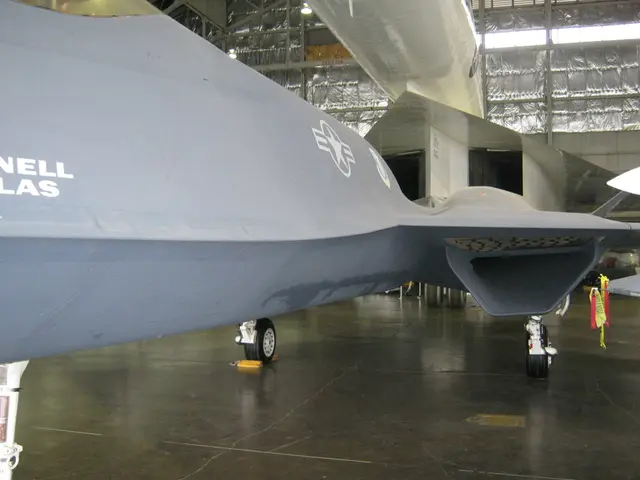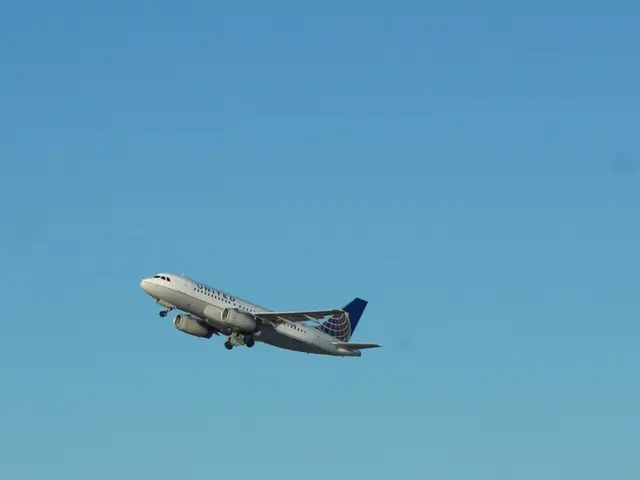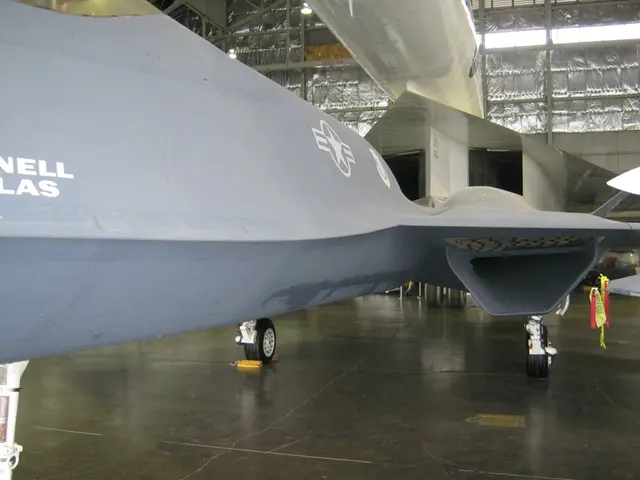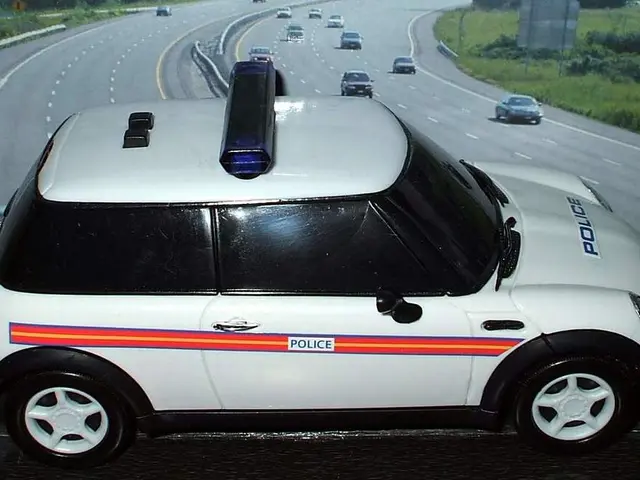Lufthansa aircraft soars unpiloted for a duration of ten minutes.
Headline: Cockpit Emergency on Lufthansa Flight: A Ten-Minute Pilotless Flight
Faced with an unexpected crisis, a Lufthansa flight from Frankfurt to Seville took an unnerving turn in February 2024. This event, reported by the Spanish aviation accident investigation authority CIAIAC, unfolded when the captain needed a bathroom break, and the co-pilot suddenly collapsed, leaving the cockpit pilotless for a brief, nerve-wracking duration.
The Unfolding Sequence
With the captain away from the cockpit, the co-pilot, earlier deemed fit, snapped into a medical emergency. The ensuing silence was broken by "suspect noises," according to the CIAIAC's final report. The co-pilot, it appears, had suffered a seizure, unwittingly activating several switches in the process. In spite of these unsettling developments, the autopilot and auto-thrust maintained the aircraft's course.
Desperate Attempts to Re-enter the Cockpit
The captain, returning from his visit to the restroom eight minutes later, attempted to regain entry into the cockpit. The security door, protected by a code, proved a barrier. Even after five fruitless attempts, the crew member was unable to open the door. A flight attendant, unsuccessful in contacting the cockpit via intercom, stepped in to lend a hand.
The Emergency Code to the Rescue
The captain, undeterred, entered the emergency code into the security door system. Just on the brink of automatic unlocking, the co-pilot regained consciousness and opened the door manually. The crew descended upon the disoriented co-pilot, who was sweating profusely and displaying erratic movements. A doctor onboard administered first aid, while the crew decided to make an emergency landing in Madrid.
The Aftermath: Reflections and Recommendations
Investigations revealed that the co-pilot's condition was the result of a neurological disease, remain undetected by both him and the flight medical examinations. The crew's prompt actions and professional demeanor during the crisis were praised by the CIAIAC.
As a consequence of the incident, the CIAIAC has urged the European air safety agency EASA to evaluate the current cockpit crew composition rules. Their proposal involves keeping at least two individuals in the cockpit at all times, echoing similar recommendations made after the Germanwings aircraft crash in the French Alps in 2015.
The Impact of History on Aviation Protocols
In the realm of commercial flights, it's customary for a captain and a first officer to occupy the cockpit, ensuring at least one trained pilot is always present. However, during a pilot's absence, the remaining pilot handles the aircraft's control. While some airlines implement additional measures, such as having a cabin crew member stay in the cockpit, these are not mandatory across the industry.
In the wake of incidents like the Lufthansa cockpit emergency, the importance of having an additional authorized person in the flight deck when one pilot is absent has become increasingly apparent. Recommendations for updating protocols are reaching the European Union Aviation Safety Agency (EASA). Let's hope the industry takes notice and embraces changes that foster safety and peace of mind for all travelers.
- The unexpected cockpit emergency on the Lufthansa flight from Frankfurt to Seville highlighted the need for the European air safety agency EASA to review the current cockpit crew composition rules in the air transport industry, potentially requiring at least two individuals in the cockpit at all times, similar to the recommendations post-Germanwings aircraft crash in 2015.
- The financing of additional measures in the aviation industry, such as having a cabin crew member stay in the cockpit when one pilot is absent, has yet to be widely adopted across companies; however, in light of incidents like the Lufthansa cockpit emergency, calls for updating protocols to prioritize safety and peace of mind for all travelers are gaining momentum.








